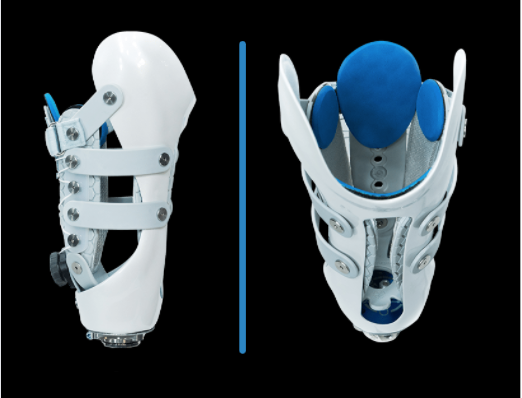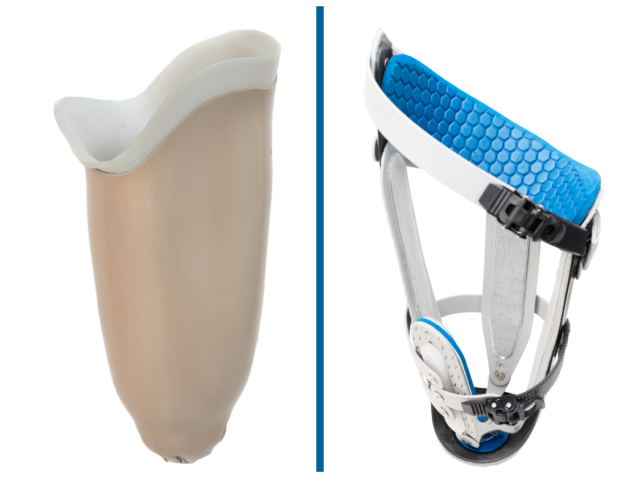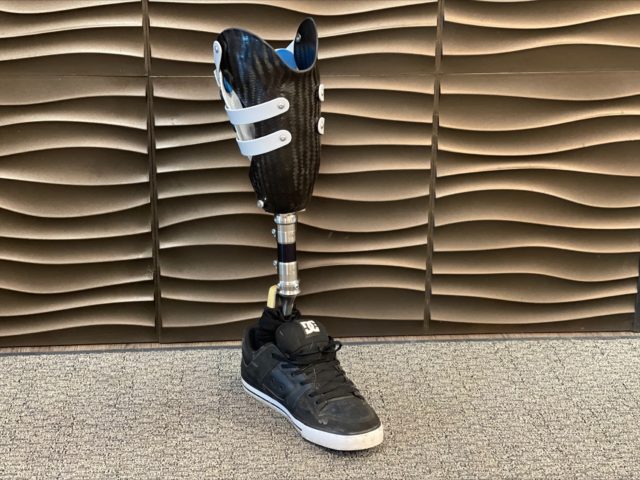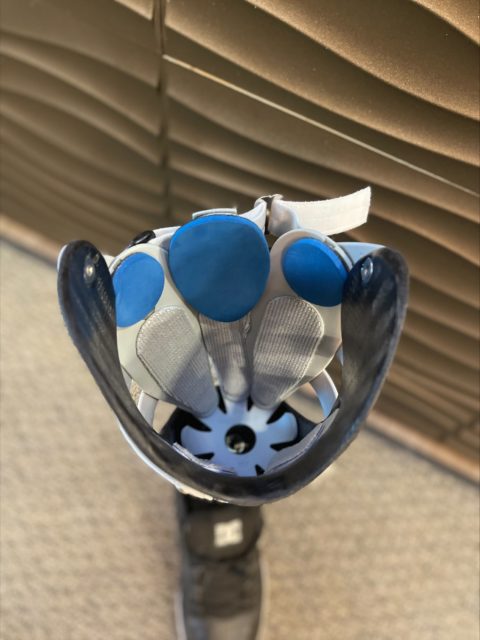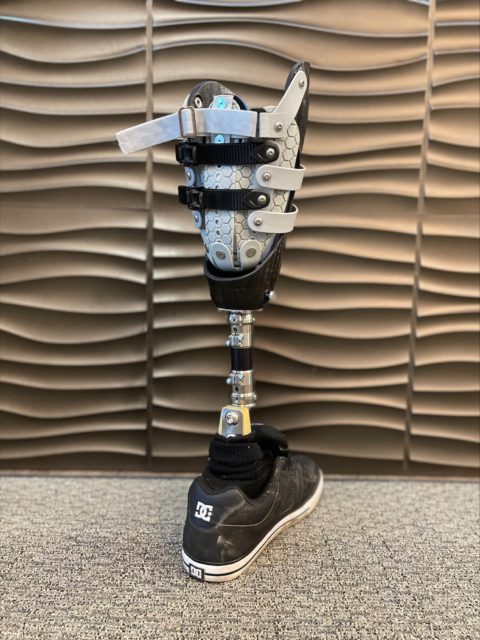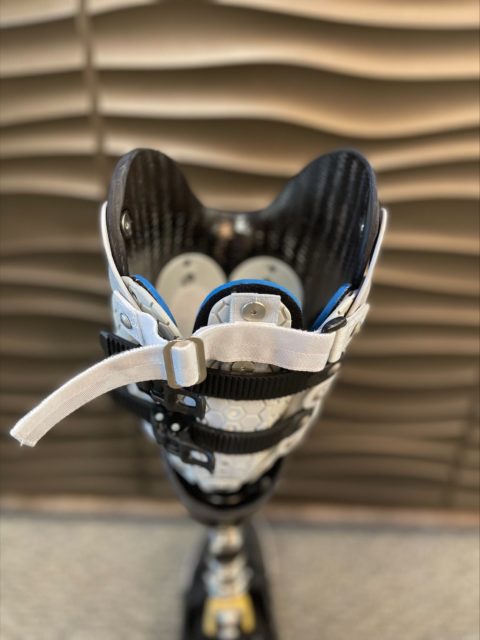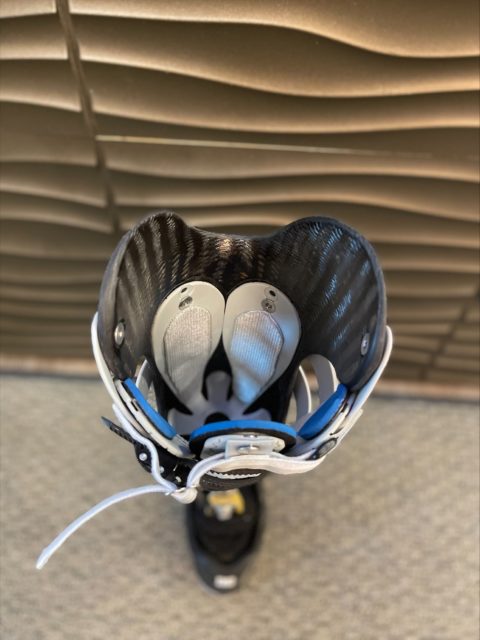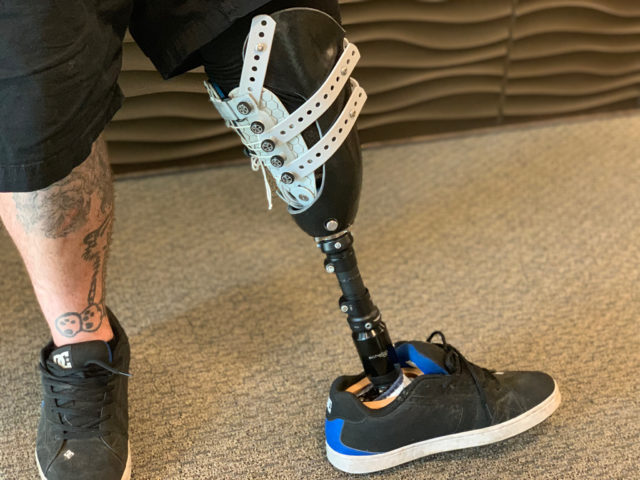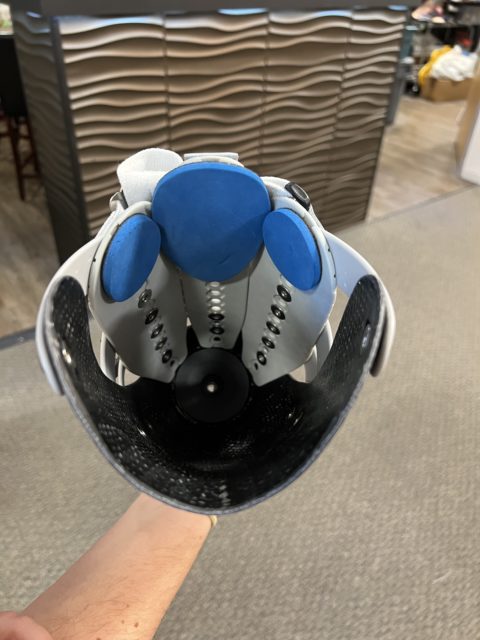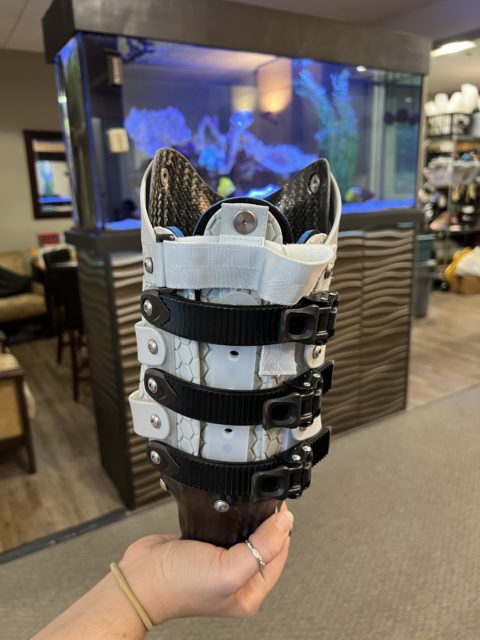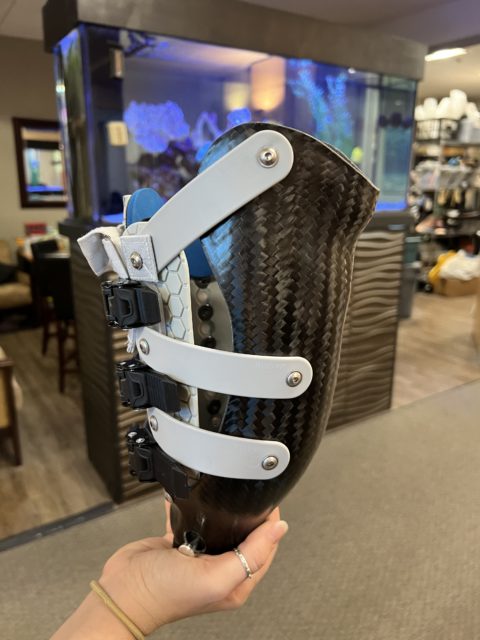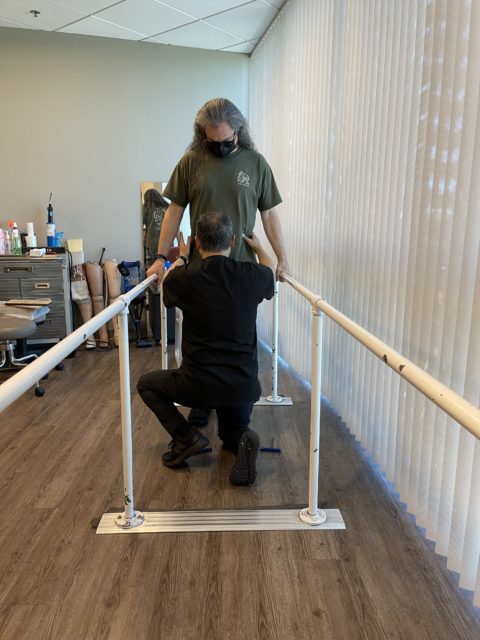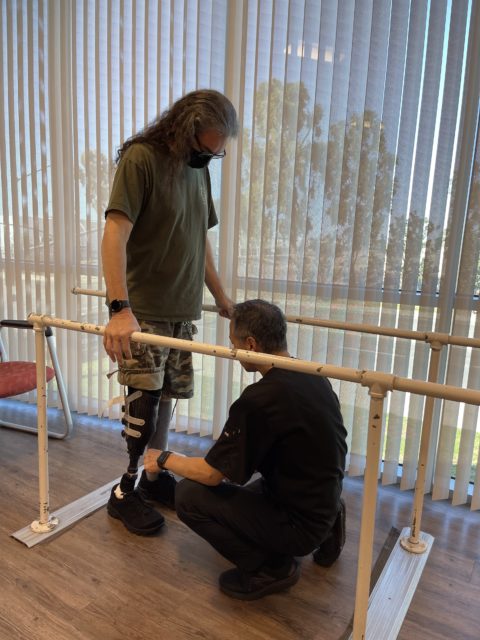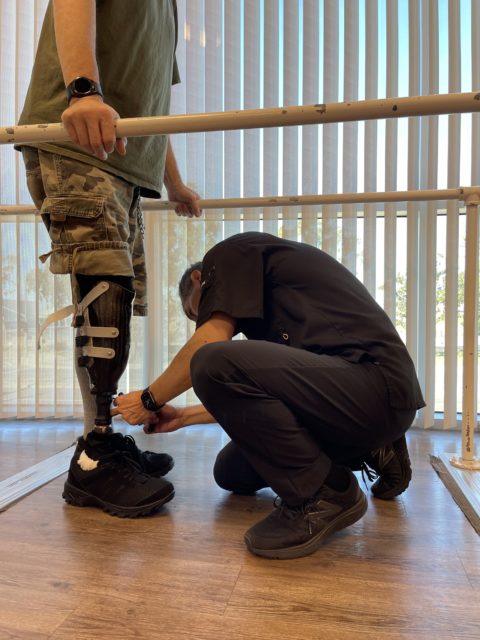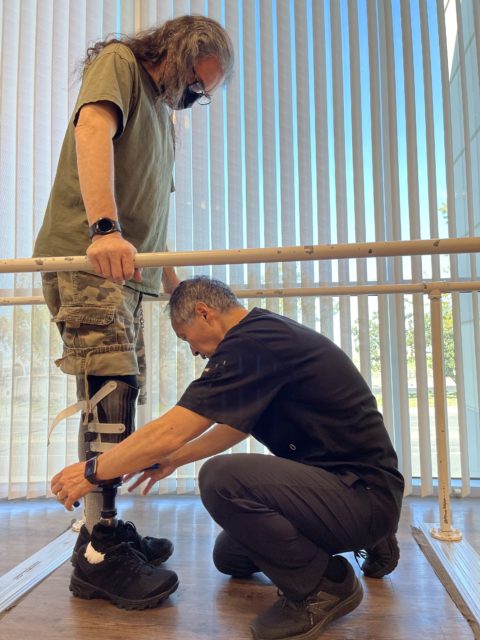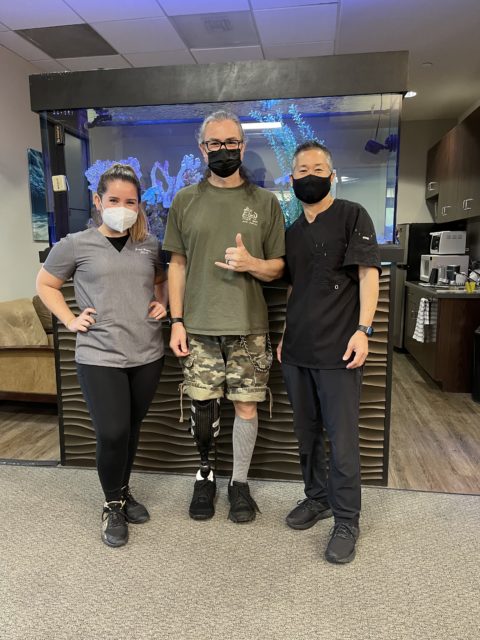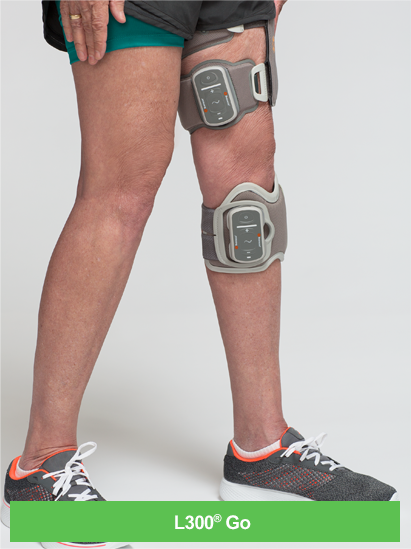August 12, 2020 by Jessica Bissontz
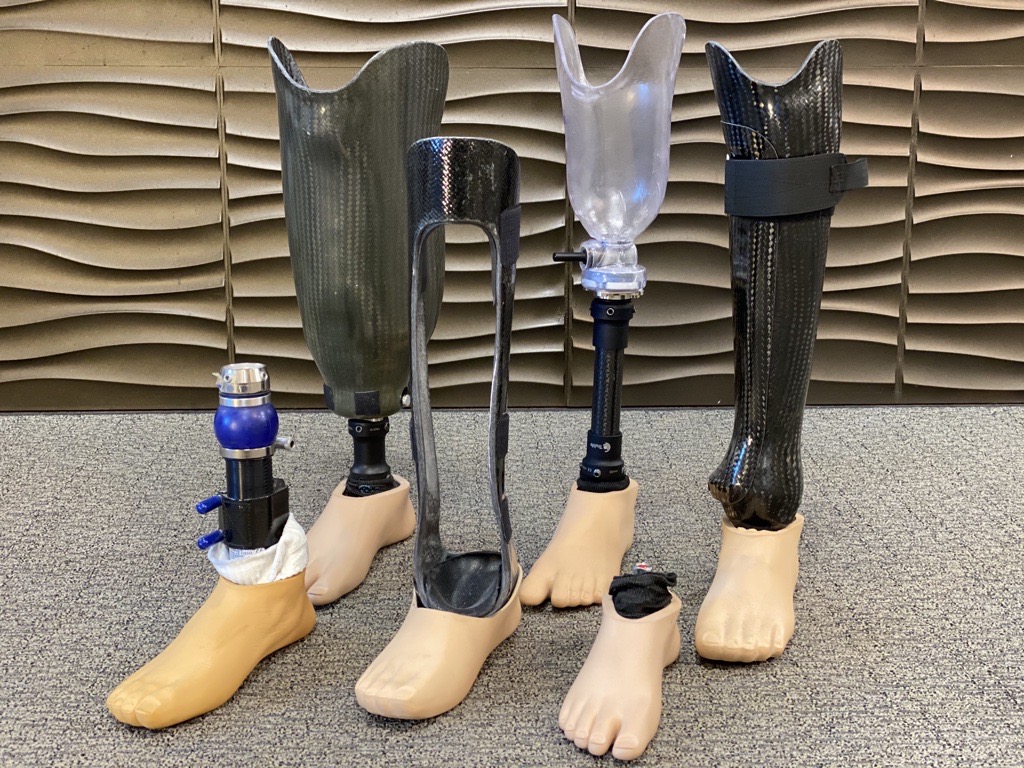
K-levels are a rating system used by Medicare to indicate an amputee’s rehabilitation potential. The system is a rating from 0 through 4 and it indicates a person’s potential to use a prosthetic device. K-level designation is important because it is one of the determining factors in the decision of componentry that can be chosen by the prosthetist for the prosthetic device.
There are a total of 5 levels (K-levels 0-4), and Medicare defines them as follows:
K-0
The patient does not have the ability or potential to ambulate or transfer safely with or without assistance and a prosthesis does not enhance their quality of life or mobility.
K-1
The patient has the ability or potential to use a prosthesis for transfers or ambulation on level surfaces at fixed cadence or speed. This is typical of a household ambulator or a person who only walks in their own home.
K-2
The patient has the ability or potential for ambulation with the ability to traverse low-level environmental barriers such as curbs, stairs or uneven surfaces. This is typical of the limited community ambulator.
K-3
The patient has the ability or potential for ambulation with variable cadence or multiple speeds. A person at level 3 is typically a community ambulator who also has the ability to traverse most environmental barriers and may have vocational, therapeutic or exercise activity that demands prosthetic use beyond simple locomotion.
K-4
The patient has the ability or potential for prosthetic ambulation that exceeds basic ambulation skills, exhibiting high impact, stress or energy levels. This is typical of the prosthetic demands of the child, active adult or athlete.
How are K-levels determined?
K-levels are determined by the clinician (prosthetist, therapist or physician), using one of the following commonly used outcome measures.
Amputee Mobility Predictor (AMP)
Patient Assessment Validation Evaluation Test (PAVET)
Prosthesis Evaluation Questionnaire (PEQ)
Timed Up and Go (TUG)
Timed Walk Tests
Distance Walk Tests
Interested in knowing your K-level or your loved one’s potential K-level? We’re here to help you reach your fullest potential. Please contact our office for an evaluation or if you have any questions!
